Foods That Aren’t What You Think
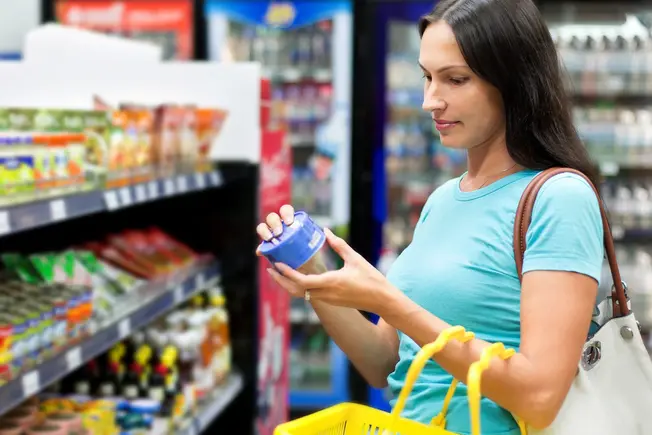
Fooled by Your Food?
With so many foods available today, it can be hard to know just what you're buying. Many foods on supermarket shelves might not be what you think they are. Here are some that you probably have in your cupboard right now.
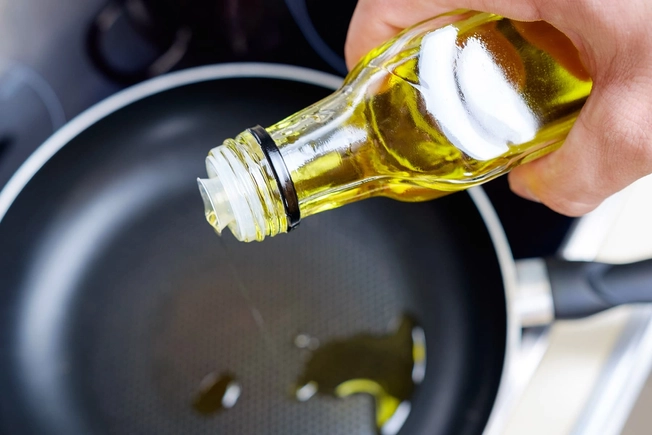
Fake Olive Oil
Your olive oil may not be what the label claims: 100% pure olive oil. There’s a good chance the bottle on your pantry shelf has been mixed with other oils. Is that really such a big deal? It is if you’re allergic to peanut oil, which is commonly mixed with olive oil in an act of food fraud. If you have a peanut allergy, you could have a severe reaction to this sneaky substitution.
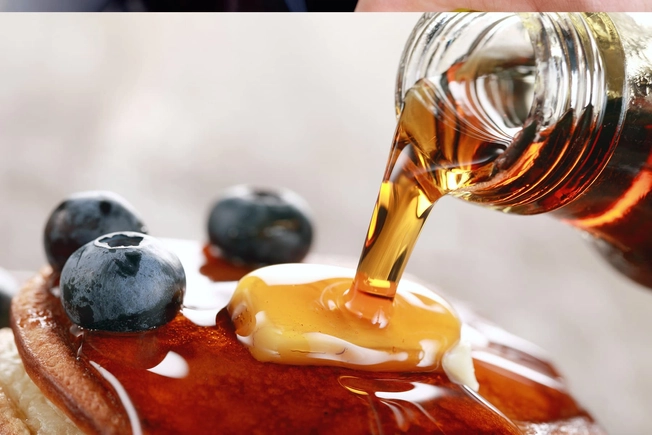
Maple Syrup vs. Pancake Syrup
Maple syrup comes from sap from a maple tree. The sap is boiled and becomes the sticky stuff you know as maple syrup. But pancake syrup (also called table syrup) is not the same. Pancake syrup’s main ingredients are corn syrup and high-fructose corn syrup, and it includes other things, like:
- Coloring
- Flavoring
- Preservatives
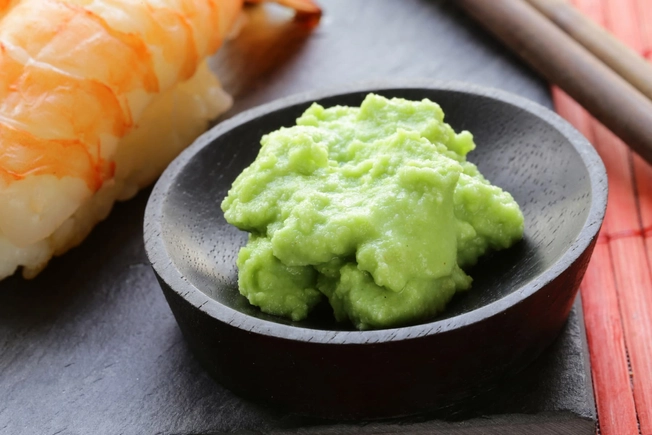
Wasabi or Not Wasabi
Many restaurants, especially in the U.S., serve wasabi. But most of it isn’t real wasabi -- it’s a mixture of horseradish and wasabi root with mustard flour, oil, vinegar, high-fructose corn syrup, and food coloring. The real thing comes from the root-like stem of a plant related to cabbage and cauliflower. It naturally grows in cool, moist places and can be pretty hard to come by and harvest. You have to grate the root as you eat it because the flavor usually only holds for about 15 minutes after grating.
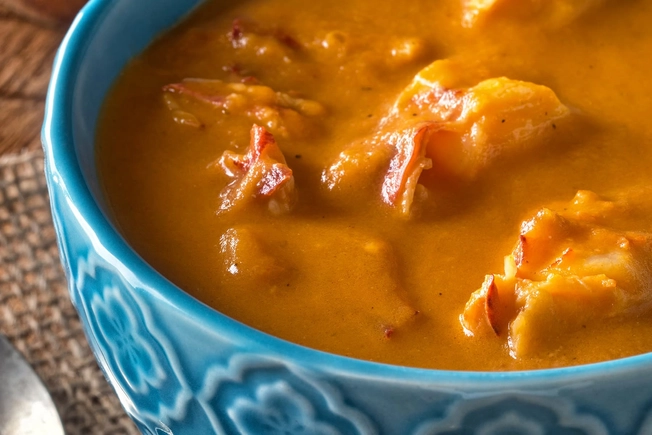
Lobster vs. Langostino
While you might think you’re about to enjoy a hot lobster bisque, there’s a chance you’re actually eating langostino -- a different animal that's related to a hermit crab. It's also known as squat lobster. The taste and texture are similar to lobster. But the FDA says it can’t be labeled as such unless the word “langostino” or “squat” is also used. Langostino is about half the price of the real thing.
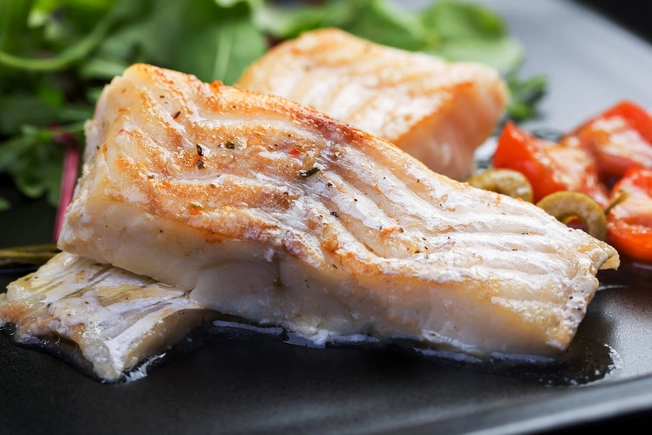
The Trouble With Tilefish
There are a few types of fish that pregnant women, nursing mothers, and young children should avoid due to mercury. Tilefish is one of them. Unfortunately, it’s easy to eat this fish and not realize it. Markets and restaurants sometimes swap it for more popular species such as red snapper and halibut.
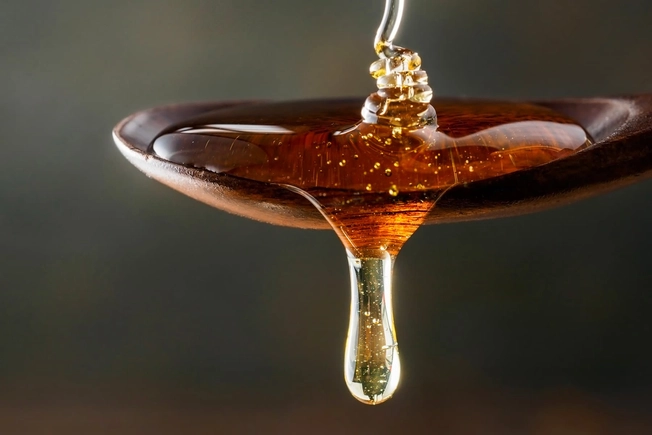
Drugs in Your Honey
Food fraud isn’t the only reason some foods aren’t exactly what you think. Think about honey. It may benefit your health in many ways, sometimes as a wound dressing. Of course, it’s also a delicious natural sweetener. But it may have plenty of contaminants, including traces of antibiotics that beekeepers use on their bee broods. They won’t make you sick, but they could add to the public health problem of antibiotic resistance.
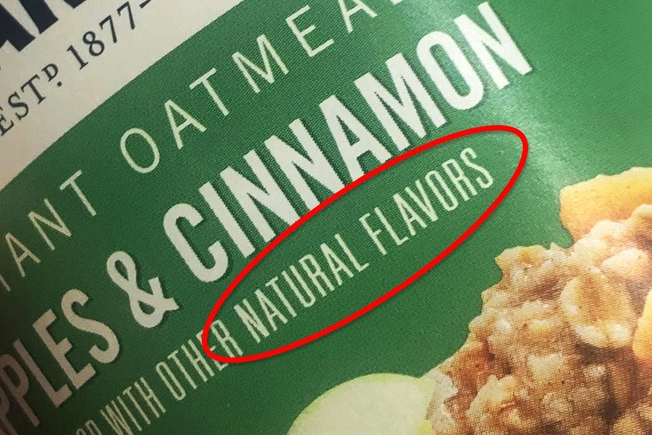
Not-So-Natural Flavorings
There’s nothing natural about some of the “natural flavors” in packaged foods. Food companies make them in a lab to mimic the flavor of real foods. Recently the FDA banned several synthetic flavorings in response to data that shows health risks in lab animals. If you want to eat healthier, stick with the original natural flavors: the ones found in real, whole foods.
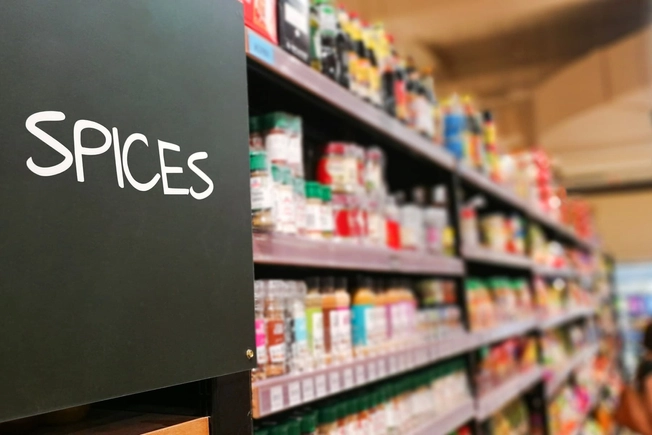
The Icky Side of Spices
The spice jars in your cabinet are filled with more than flavorful herbs. The FDA allows a certain amount of insect fragments, rodent hairs, and other gross things in every jar. For example, ground oregano can have up to 1,250 insect pieces per 10 grams before the FDA calls it “adulterated.” (Crushed oregano can only have 300). On the bright side, most products are well below the standards allowed for these unwelcome additions.

White Chocolate
Mmm, white chocolate. It's sweet and creamy. You can buy it in candy bar form or sprinkle chips of it into your cookie dough. But it's not really chocolate. According to the FDA, chocolate has to have at least 10% chocolate liquor. That's the cocoa butter and the solids you get when the cocoa bean is ground. The white kind is made of a mix of cocoa butter, milk solids, and sugar but no chocolate liquor.
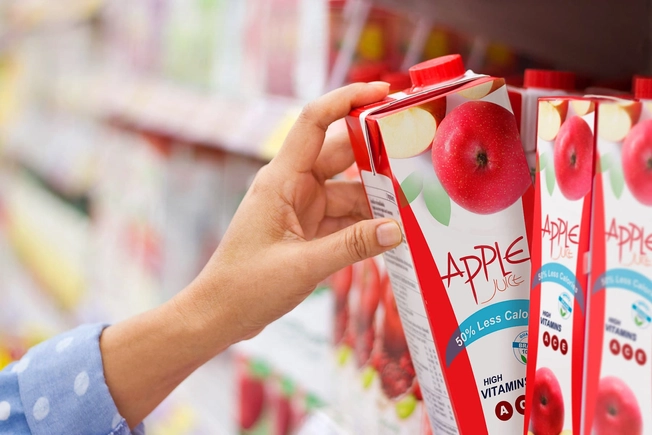
Fruit Juice
Often, fruit juice is not 100% real fruit juice. Make sure you check the ingredients list. If it’s a long list, that can be a clue that what you’re buying isn’t actually all that it seems. Even if the label reads "100% fruit juice," it might not be what you’re expecting. That just means everything in it came from either a fruit or a vegetable -- but it might include cheaper juices you wouldn’t expect, like white grape or apple.

Vanilla Flavoring vs. Extract
Vanilla flavoring -- also called imitation vanilla -- is not the same as vanilla extract. The extract is made with vanilla pods and a simple alcohol called ethanol. The flavoring is made with synthetic vanillin. It's almost always made from extracts based on petrochemicals or wood pulp. You may have heard of it being made from castoreum, which comes from beaver glands. But it’s so rarely used now that it's very unlikely you'll find it in foods.
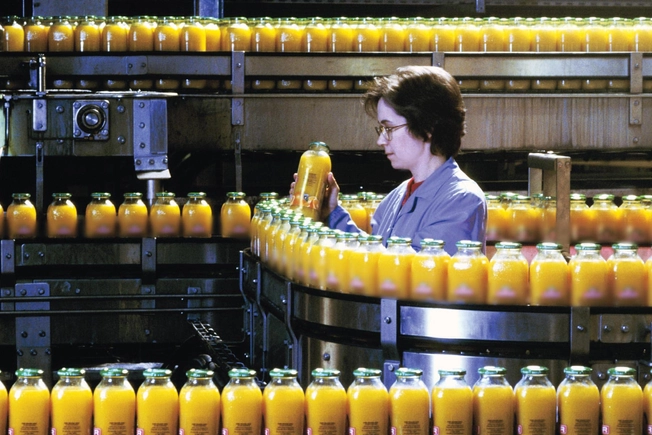
Orange Juice
Orange juice that’s “not from concentrate” is pasteurized. But this also takes out many of the natural chemicals that give the juice its flavor. Also, the producer may store the juice for more than a year. So they hire other companies to make flavor packs to add to the juice to make it taste fresh. These packs are often made by the same companies that make perfumes. The added flavors won’t be listed as an ingredient because they're made from orange essence and oil.
Show Sources
IMAGES PROVIDED BY:
1) Danilin / Getty Images
2) filistimlyanin / Getty Images
3) MKucova / Getty Images
4) olgakr / Getty Images
5) Fudio / Getty Images
6) _LeS_ / Getty Images
7) Fascinadora / Getty Images
8) WebMD
9) ThamKC / Getty Images
10) amymjay / Getty Images
11) ipopba / Getty Images
12) joannawnuk / Getty Images
13) DuxX / Getty Images
SOURCES:
Food Safety Net Services: "What is Food Fraud?"
Consumer Reports: "5 Things You Need to Know About Maple Syrup."
Chemical and Engineering News: "Wasabi."
Washington State University Extension: "Growing Wasabi in the Pacific Northwest."
Huffington Post: "That 'Lobster' You Ordered Might Not Be Lobster At All."
SeafoodSource: "Seafood FAQ: Langostino vs. Lobster: What's the difference?"
Oceana: “Oceana Study Reveals Seafood Fraud Nationwide.”
Washington State Department of Health: “Healthy Fish Guide.”
Environmental Science and Pollution Research International: "Towards a better understanding of the therapeutic applications and corresponding mechanisms of action of honey."
Scientific World Journal: "Antibiotic, Pesticide, and Microbial Contaminants of Honey: Human Health Hazards.”
FDA: "FDA Seafood List Updates for 2017," "FDA Removes 7 Synthetic Flavoring Substances from Food Additives List,” “Food Defect Levels Handbook.”
Science Direct: "Chocolate Liquor."
FDA, CFR -- Code of Federal Regulations, Title 21, Volume 2: “Food and Drugs, Chapter I -- Food and Drug Administration, Department of Health and Human Services, Subchapter B -- Food for Human Consumption, Part 163, Subpart B, Sec. 163.130."
FDA, CFR -- Code of Federal Regulations, Title 21, Volume 2: “Food and Drugs, Chapter I -- Food and Drug Administration, Department of Health and Human Services, Subchapter B -- Food for Human Consumption, Part 163, Subpart B, Sec. 163.124."
Michigan State University: "Is your fruit juice really 100 percent fruit juice?"
Mentalfloss: "What Does '100% Juice' Mean?"
Virtual Mass Spectrometry Laboratory: "Food Counterfeiting: Vanilla Case Study."
Harvard University Science in the News: "The Flavor Rundown: Natural vs. Artificial Flavors."
WNYC: "Last Chance Foods: The Secret, Highly Processed Life of Orange Juice."
American Nutrition Association Nutrition Digest: "'Fresh' Squeezed? The truth about orange juice in boxes."